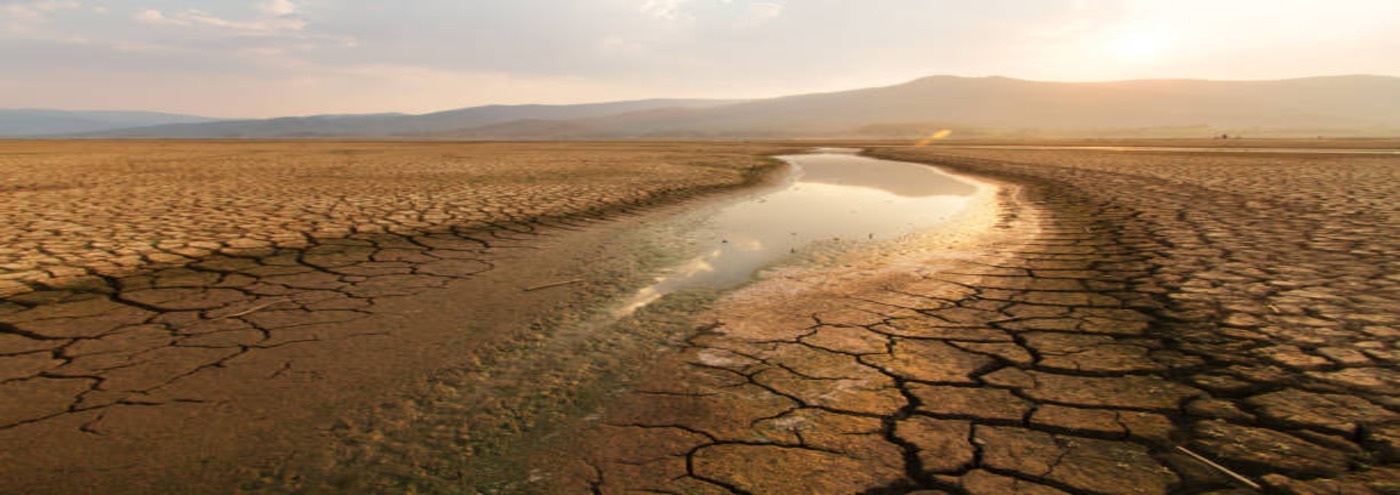Climate change and land use land cover dynamics impacts on hydropower generation and consequences on electricity supply in West Africa using Ensemble machine learning
Principal Investigator
Dr. Salomon OBAHOUNDJE
Institutional affiliation: Laboratoire Mixte International (LMI-NEXUS), African Excellence Center on Climate Change, Biodiversity Sustainable Agriculture (CEA-CCBAD), Université Félix Houphouët Boigny, Côte d’Ivoire
Address: Pôle Scientifique et de l’innovation de Bingerville, Côte d’Ivoire Email: obahoundjes@yahoo.com
WhatsAp : +225-0142114428
Project duration: May 2023-June 2024 (14 months)
Executive Summary
Hydropower generation (HPG) represents the largest renewable electricity source with multiple purpose functions worldwide especially in Sub-Saharan Africa. Hydropower contributes significantly to the reduction of GHG emissions and to energy supply security, but this source is sensitive to climate change (CC). The CC and variability effects on HPG have been experienced over the past in West Africa (WA). The projection reveals that CC is likely to alter river discharge, impacting water availability and HPG. The significant change in temperature and projected uncertainties in precipitation associated with an increase of climate compound extreme events in WA could threaten the HPG in the future. Moreover, land use/cover dynamic (LULCC) associated with socioeconomic development of the region is projected to affect the hydrological system and therefore the HPG. However, the magnitude and the sign of projected change of HPG may vary according to the region and country.
Part of uncertainties in the future of HPG in WA is associated with the lack of observations data which limit the calibration of models and the simulation of hydrological dynamics and also, with uncertainties associated with climate projections used to force hydrology and water resources models. Impact of land use change are rarely taken into account in the projected changes of HPG while it seems crucial, especially over multi-purpose dams. It becomes then difficult for dam managers and local political authorities to make decisions or to plan under these uncertainties in the aim to engage in a climate resilient pathway (SDG 13) contributing to achieve the SDG 6 and 7 with positive effects on SDG 15 and on SDG 17.
This project aims to build a multidisciplinary network of academic and HPG stakeholders (dam managers, local policy makers, representative of civil society) to address the challenges, synergies and trade-off in the climate land energy water nexus in WA for a sustainable management and planning of hydropower generation under climate and land use changes.
This will be achieved through two elicitation and participatory workshops with stakeholders, two training sessions to Early Career Researchers and students of the project on “Decision Scaling” and “Ensemble machine learning” methods which will be implemented with local stakeholders in 4 major dams in Ghana, Senegal, Togo, and Côte d’Ivoire. During the implementation, the project will foster sharing and common learning between the 4 case studies.
Objectives
This project aims to contribute to sustainably manage and plan the hydropower generation in West Africa under climate uncertainties and LULC dynamics using machine learning. This project aims to build communities of practices with HPG stakeholders (dam managers, local policy makers, representative of civil society, association of women, etc) to address the challenges, synergies and trade- off in the climate land energy water nexus in WA for a sustainable management and planning of HPG. This project will be focused on four dams (pilot sites) in Togo (Nangbeto), Côte d’Ivoire (Taabo), Burkina Faso (Bagré) and Senegal (Manantali), located in different climates. At each pilot site, the specific objectives are:
- To assess the past evolution of water-related activities near dams and the sensitivity of each hydropower plant to climate change and variability.
- To assess LULCC near dams and propose trends scenarios of LULCC and drivers of water energy food nexus considering potential socio-economic development using machine learning;
- To evaluate benefits in decision making for hydropower generation from seasonal forecasts with lead times up to 7 months ahead.
- To improve long term planning under uncertain effects of climate and LULC change in integrating vulnerability-based analysis and traditional risk-based assessment approaches using both top-down methods (Ensemble mean machine learning and statistical downscaling) and bottom-up (Decision Scaling) methods.
Key Research Question(s) and Hypotheses to be tested
To evaluate the combined effects climate change and land use/cover dynamics on hydropower generation, we have to answer some specific questions such as:
- What is the past and future change on LULC, climate variable and hydropower generation on the four chosen dams?
- What is the past evolution of water-related activities near dams and how each hydropower plant is sensitive to climate change and variability and land use dynamics
- What could be the benefits in decision making for hydropower generation using seasonal forecasts?
- How does the hydropower generation may change in the future under climate and LULC changes uncertainties?
- How to improve long term planning under uncertain effects of climate and LULC change in integrating vulnerability-based analysis and traditional risk-based assessment approaches?
The river basins where the chosen dams are located are exposed to some socio-economic activities which may affect the hydrological dynamic, inflow to reservoir. Hydropower generation may be sensitive to climate variables and land use/cover dynamics. In the future the change in hydropower generation could follow the same patterns of climate change and LULCC.

